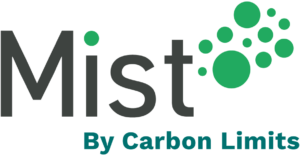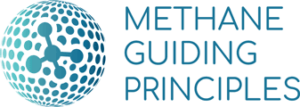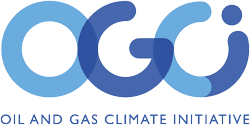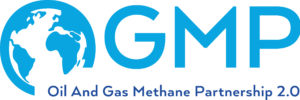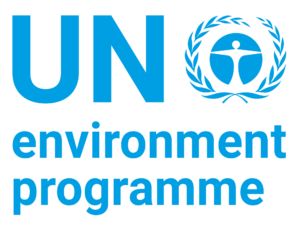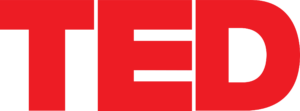OGCI guidance lays out a pathway that includes identifying emissions sources, taking a systematic approach and prioritizing the biggest abatement opportunities. The guidance can be used at any asset or location and incorporates best practice, new technologies and existing regulations. OGCI’s guidance also provides examples of globally recognized targets, standards and protocols for methane emissions to aid companies’ efforts


